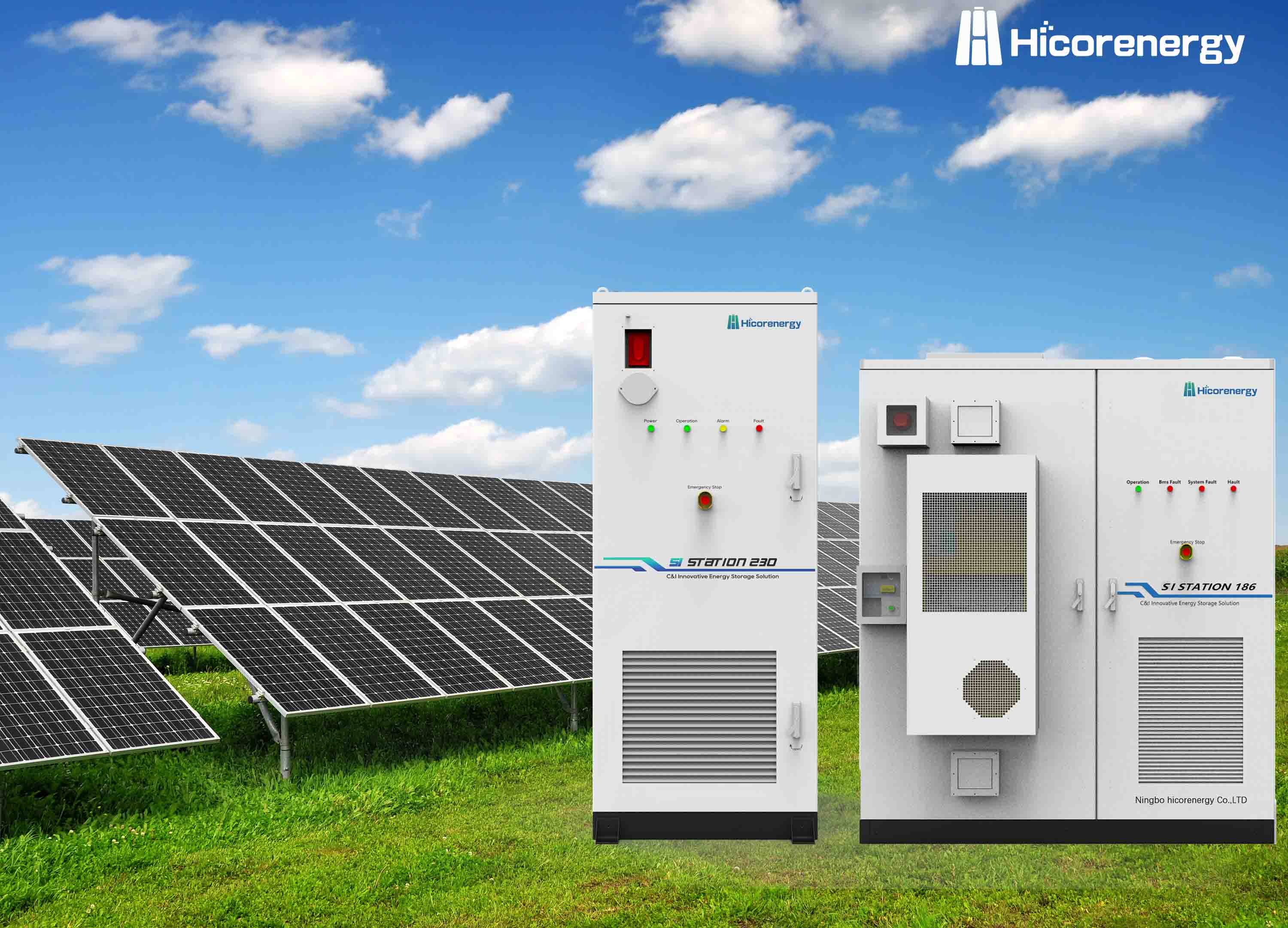The Critical Role of Temperature in Battery Performance
As lithium-ion batteries become central to our energy infrastructure, from residential storage to large-scale commercial applications, managing their operational environment is more critical than ever. One of the biggest challenges facing these power systems is thermal management. Excessive heat generated during charging and discharging cycles can severely degrade a battery's health, reduce its lifespan, and even pose safety risks. To combat this, an effective Air Cooling Battery System is often employed as a primary, reliable solution to maintain optimal operating temperatures and ensure the longevity and safety of the entire energy storage unit.
Understanding How Air Cooling Works
At its core, an air cooling system for batteries is a straightforward yet highly effective technology. It operates by circulating air—either from the ambient environment or cooled via an air conditioning unit—across the surface of the battery cells to dissipate heat. This is typically achieved using a combination of fans, strategically designed air channels, and heat sinks. The fans force air movement, while the channels guide the airflow to ensure all cells are cooled evenly. Heat sinks, with their large surface area, help draw heat away from the cells more efficiently, transferring it to the circulating air. This method's simplicity is one of its greatest strengths, reducing the number of potential failure points and making maintenance easier compared to more complex alternatives.
A Look at Various Lithium-ion Cooling Methods
While air cooling is a popular choice, it is just one of several Lithium-ion Cooling Methods available today. For more demanding, high-power applications where heat generation is extreme, liquid cooling systems are often used. These systems circulate a coolant through pipes or plates that are in direct or indirect contact with the battery modules, offering superior heat-transfer capabilities. However, this increased performance comes with greater complexity, higher costs, and the risk of leaks. Other advanced methods include phase-change materials (PCMs) that absorb heat as they melt. The choice among these different Lithium-ion Cooling Methods ultimately depends on the specific application's power density, cost constraints, and environmental conditions.
Why Air Cooling is Ideal for Modern Energy Solutions
For many residential and commercial energy storage solutions, an Air Cooling Battery System strikes the perfect balance between performance, cost, and reliability. Systems like the Hicorenergy Modular Battery System or the versatile Energy Si Station 230 are designed for efficiency and longevity, where a robust air cooling design provides more than adequate thermal management without unnecessary complexity. This approach keeps the overall system cost down, reduces energy consumption from the cooling process itself, and simplifies installation and servicing. For homeowners and businesses, this means a more affordable and dependable energy storage solution that protects their investment for years to come.
Ensuring Peak Performance and Durability
Ultimately, the goal of any battery cooling system is to protect the cells and ensure the unit delivers on its promise of reliable power. The sophisticated engineering in today's battery systems, from compact power units to advanced rack-mountable systems, places a heavy emphasis on integrated thermal management. A well-designed system prevents thermal runaway, maintains capacity over thousands of cycles, and ensures consistent performance regardless of the load. By understanding the importance of cooling, consumers can make more informed decisions, choosing products that are not just powerful and stylish, but are also built to last in the real world.








